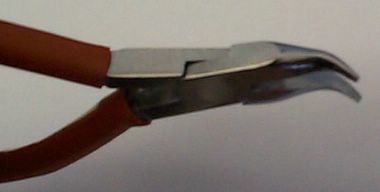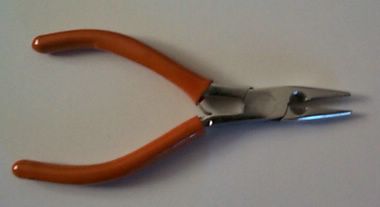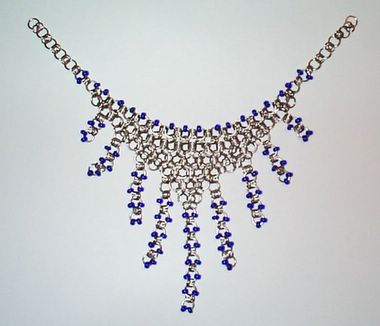Pattern 1 - Wire, Jump Ring, and Carnelian Beads - Heart-Shaped Pendant

Here's the first pattern out of my sketchbook. As I said in the last post, I have a number of recent pendant and brooch jewelry designs that were influenced by a wire-working book published in 1917. The original version of the sketch above was a bit more detailed, but I'm using a new sketch tablet and I couldn't quite get the hang of it. But choose the right materials, especially for the beads, and you'll have a lovely heart-shaped pendant.
As I haven't actually made the above item, I can't give you exact details. However, I'm suggesting the following materials (get extra, just in case):
- Carnelian beads with a hole drilled through two sides. Don't go by the number in the diagram above. You may need more if you're using small beads.
- 6 jump-rings of about 6-8 mm. These are the visible circles above.
- 8 jump-rings of about 3-4 mm. These are the double vertical lines joining the large jump-rings.
- Thick silver wire or silver-plated wire, probably 12, 14 or 16 gauge. This wire forms the skeleton of the heart shape and must be able to hold its shape.
- Two long strands of thin silver or silver-plated wire, plus a few bits for the two dangling beads at the bottom of the pendant. You might actually need a long head pin to attach the bottom two beads to the bottom vertex of the heart shape. Experiment to be sure.
- You will either need wire or chain to attach to either side of the topmost large jump-ring.
Feel free to use this pattern. If you reprint the pattern and/or the instructions, please give me credit.
(c) Copyright 2005-present, Raj Kumar Dash, http://ringbling.blogspot.com






